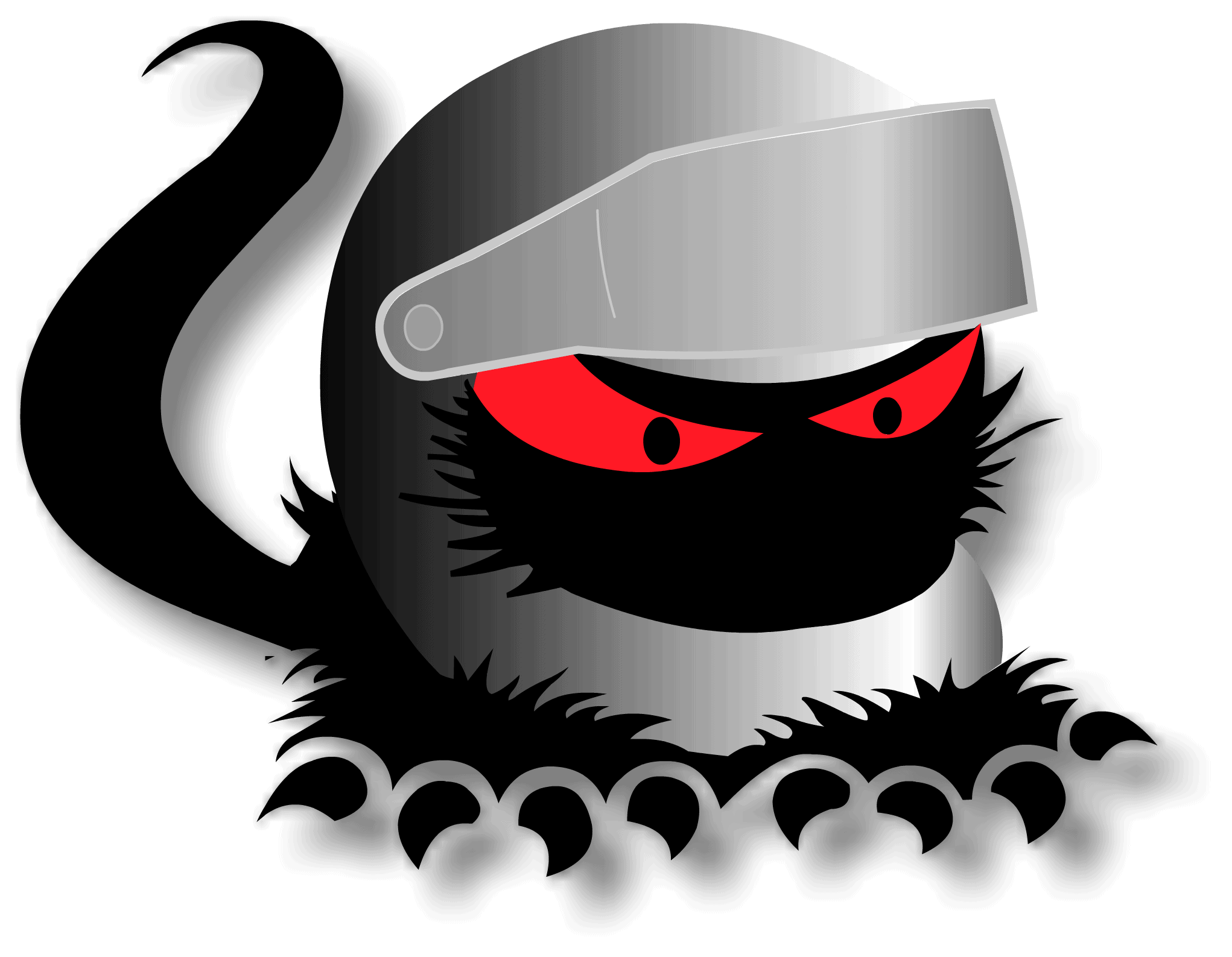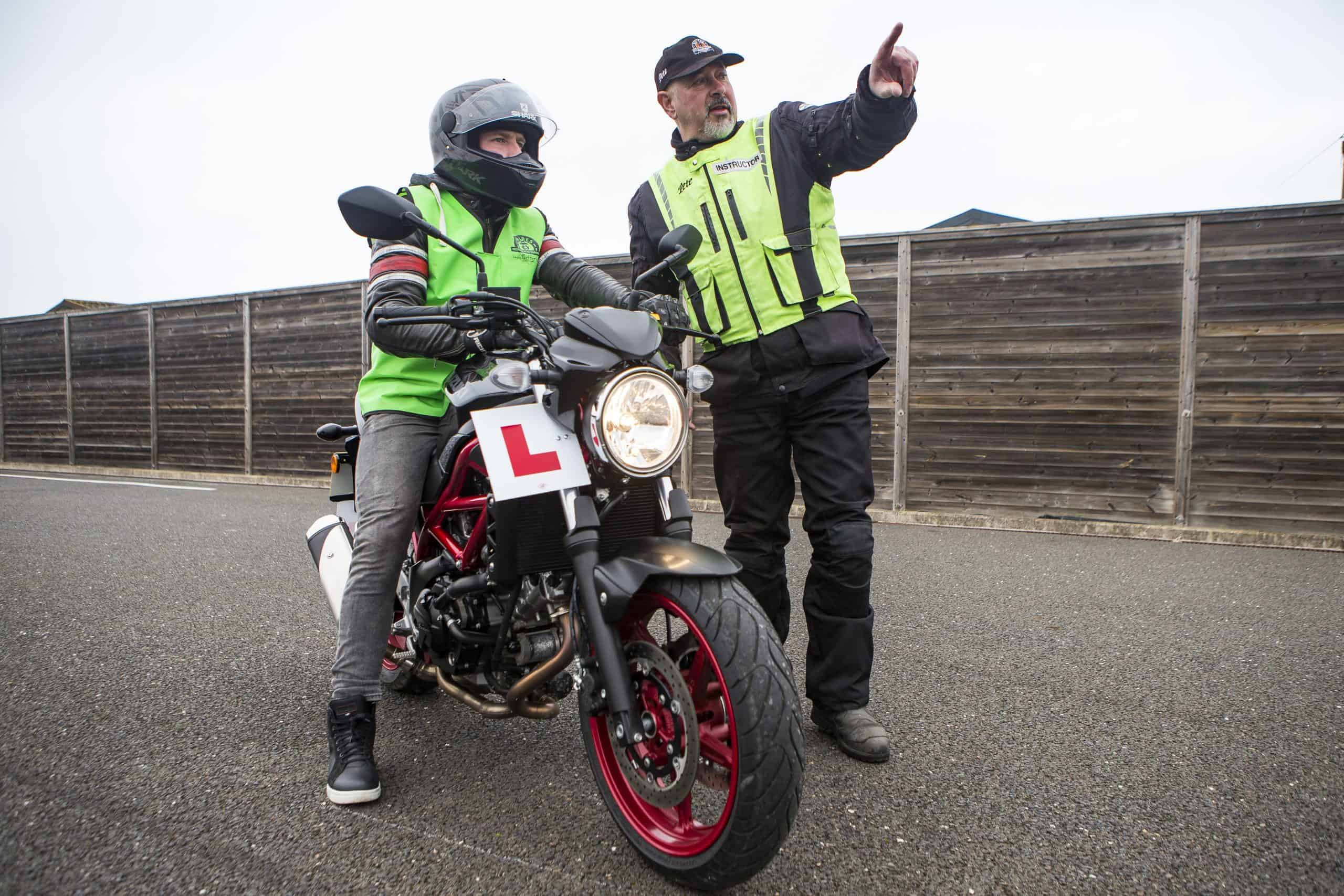What to expect… on your Module One test
So you’ve completed your Compulsory Basic Training (CBT) – you can read all about what you can expect in your CBT here. – and you’ve decided that the two-wheeled life is for you and want to take it further.

Your age will depend on which route you take, whether it’s taking the Direct access route also known as DAS, Progressive route or working your way up the licence categories – so we’d definitely suggest chatting it through with your trainer to work out the best route for you and your individual circumstances. But ultimately, no matter which route you choose, you’ll need to pass a module one and module two test.
Gone are the days of simply riding around the block and performing an emergency stop when the examiner jumped out in front of you, riders now need to demonstrate a number of skills both on and off the road to show control over the bike at slow and road speeds.
Module one, also referred to as Mod 1 – hardly surprising… – is done off-road in a motorcycle manoeuvring area at the test centre and costs £15.50 to do. It can be booked through your motorcycle training school or directly on the GOV.UK website. There may be a hire charge too for the use of a bike from your training school, so it’s a good idea to check with them on that…
While the test itself is only around 20 minutes, it’s often the part of the test that many riders get nervous about as much of it is slow riding. Your motorcycle trainer will have practised the steps with you so you know what to expect – so don’t be nervous!
What shall I wear?
Just like with your CBT, there are minimum requirements to the clothing you should be wearing to take your test. Your test can be cancelled if you’re not deemed to be wearing appropriate clothing so it’s something to take seriously.
You’ll need a motorcycle helmet* that meets British safety standards, motorcycle boots or other sturdy footwear with ankle protection, textile or leather motorcycle jacket and trousers or heavy denim ones with several layers underneath and motorcycle gloves.
Some trainers will have a selection of kit that you can borrow, but due to COVID-19, it’s a good idea to take your own as it will limit the transmission of any germs!
*unless you’re Sikh and wearing a turban.

Do I need to take anything with me?
As well as yourself, your kit and a motorcycle or moped of the correct engine size – with tax, insurance, learner plates and valid MOT – you will also need to take your driving licence, theory test certificate and CBT certificate.
Be sure to check the above with your motorcycle trainer too as there may be additional documents depending on your circumstances.
What’s involved?
It’s really a chance to show the examiner what you can do. You’ll be asked to do certain maneuvers including:
- Wheeling the moped or motorcycle and using the stand riding a slalom and figure of 8
- A slow ride
- A U-turn
- Cornering and a controlled stop
- Cornering and an emergency stop
- Cornering and hazard avoidance
For the emergency stop and hazard avoidance, there are minimum speeds you will need to ride at before performing the manoeuvre.
What happens when you’ve finished?
Once you’ve completed your test then you’ll be told if you’ve passed or failed – eek!
There are three types of fault: Dangerous, Serious and Riding.
‘Dangerous’ faults are – as the name suggests – things that involve danger to you, the examiner, public or property. ‘Serious’ faults are the ones that could be potentially dangerous and ‘Riding’ faults aren’t potentially dangerous but could become more serious if you keep making the same mistake. If you have no serious or dangerous faults or no more than five riding faults then you pass and you can move onto your module two test – bit like ‘majors’ and ‘minors’ in old money…
Some people book to complete their module one and module two tests in the same day – which can be risky. You need to pass module one before you can take module two and you have to choose a date that is at least three working days away to retake your module one if you fail. You’ll also lose your fee if you don’t cancel your module two three full days ahead…
But let’s not focus on the ‘failing’ as we’re sure you’re prepared and ready!
If you pass, then you’ll be given your certificate – which you will no doubt take a selfie with and share on your ‘Insta feed’ – and then you can progress to module two. Simple!
Top tips
- Practice, practice and practice again!
- Remember that your bike/moped will follow your nose – be sure to turn your head to where you want to go…
- Understand ‘target fixation’ as it could be your downfall.
- Stay focussed at all times – you’re not just being assessed when you’re in the test area.

That’s all for now folks!
#StaySafe, #StayAlert, #StayPositive and keep washing those hands (yes, it’s still important!).


